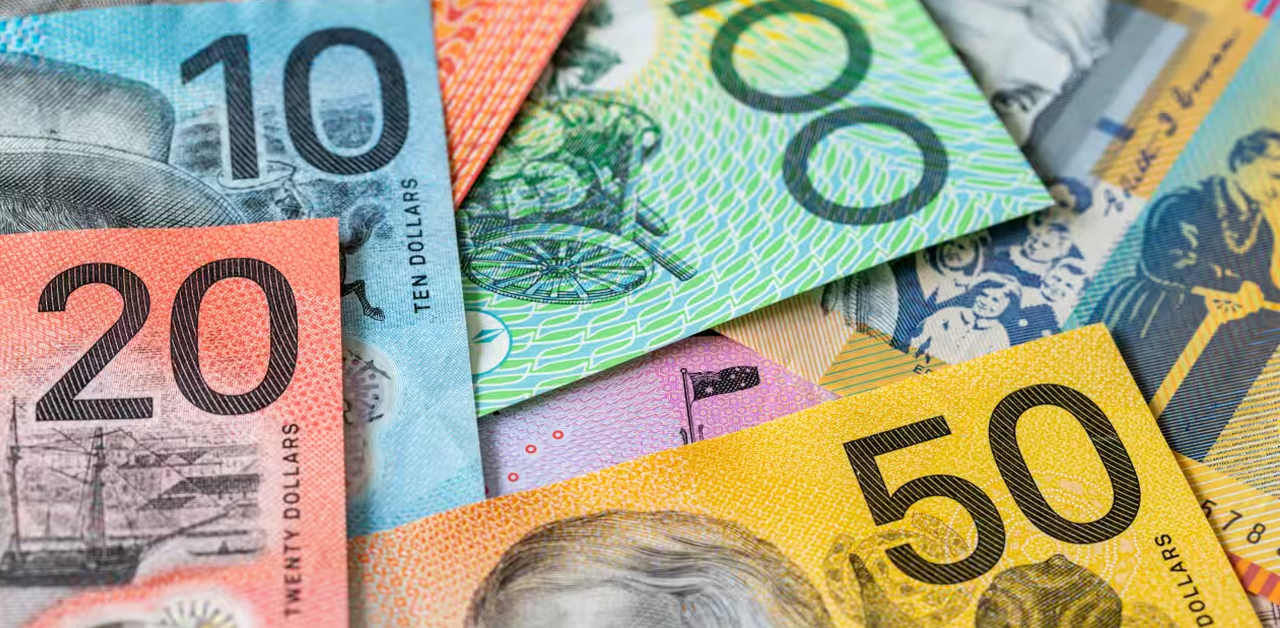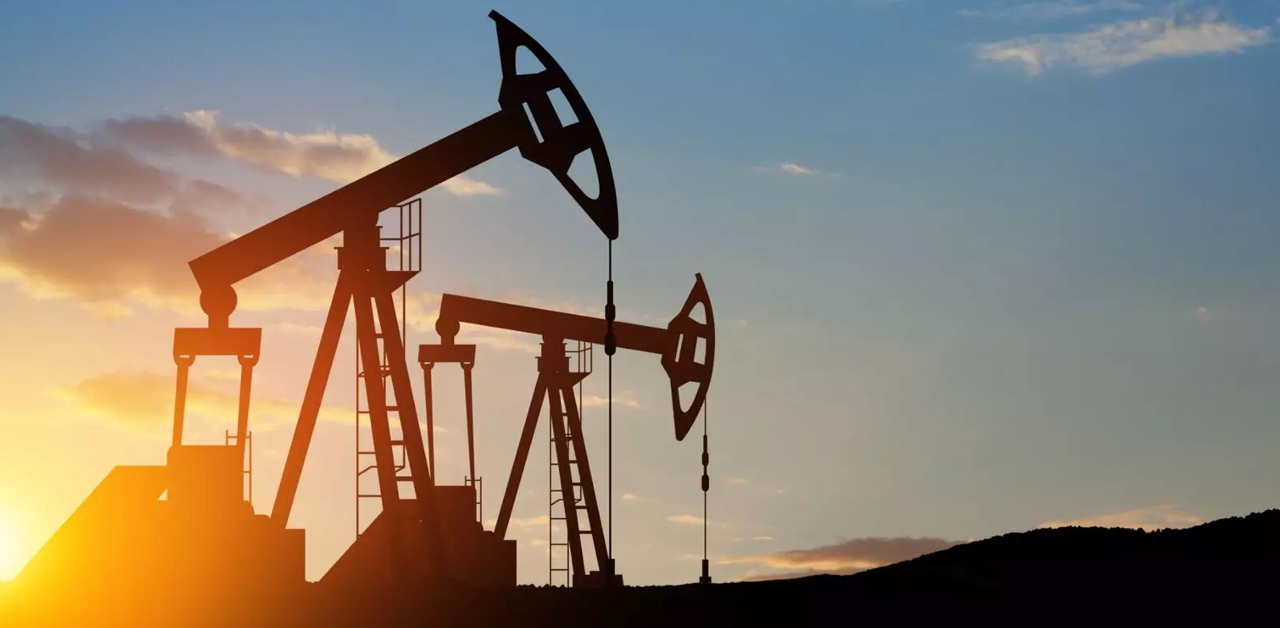Australia and New Zealand Projected to Have Sub-3% Inflation by 2024
Goldman Sachs Group Inc. foresees a downward trend in inflation for Australia and New Zealand, anticipating it will drop slightly below 3% by the latter part of 2024. This projection aligns with the goals of the respective central banks and suggests a possible environment conducive to lower interest rates.
According to the analysis by Goldman’s economists, such a decrease in inflation typically necessitates a significant weakening of the labor market. However, they expect that both countries will manage to navigate this shift without harsh impacts, achieving what is termed a “soft landing” by 2024.
The anticipated decline in inflation is thought to result from a combination of factors including a decrease in global goods inflation, a reduction in labor demand, and a relief in wage pressures, which together should alleviate the persistent high prices in services. Consequently, this situation is likely to give both the Reserve Bank of Australia (RBA) and the Reserve Bank of New Zealand (RBNZ) enough fiscal space to start easing their monetary policies toward the end of the next year.
This perspective from Goldman is at odds with the more hawkish stance of Australia’s central bank, which recently elevated its interest rates to a 12-year peak of 4.35%. The RBA expects inflation to exceed its target range of 2-3% until mid-2025, indicating a more prolonged effort to rein in inflation.
Despite this, Goldman acknowledges certain risks that could drive Australian inflation upwards, such as stronger-than-expected wage growth, weak productivity, rising energy costs, and continuous strength in housing prices. They consider the RBA to be cautious in raising rates further and suggest that upcoming decisions on board appointments and the implementation of the RBA review will be critical.
In contrast, the RBNZ has been more aggressive with its rate hikes, bringing its official cash rate to 5.5%. Nevertheless, the easing of downside risks to New Zealand’s economic growth and recent economic data have reinforced Goldman’s belief that the RBNZ will likely maintain its current policy stance well into 2024.
Looking forward, Goldman considers the possibility of the National Party influencing the RBNZ’s policy, especially with the election promise to remove the maximum sustainable employment goal from its mandate. This could potentially tilt the balance towards tighter monetary policy.
In light of these considerations, Goldman Sachs has cautiously adjusted its long-term forecast for the RBA and RBNZ interest rates, increasing them by 50 basis points to 3.50%, reflecting a nuanced view of the economic landscape and the intricate balance of risks that could influence future rate decisions.











